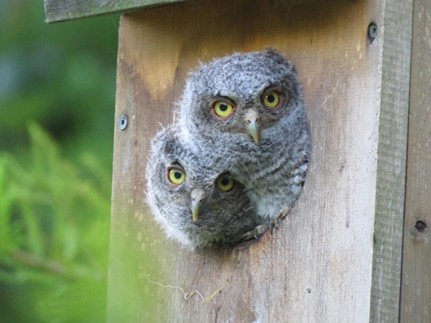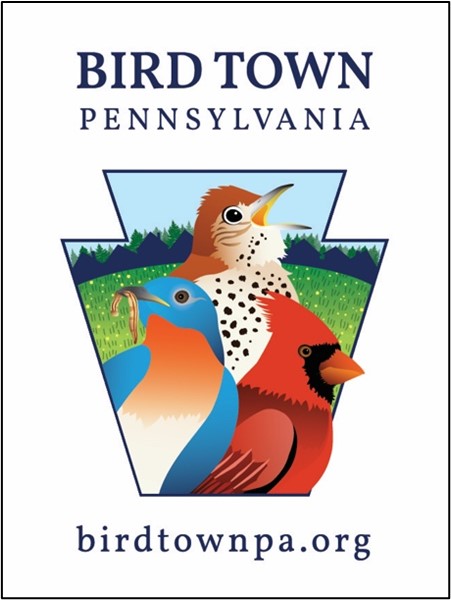Bird Town Pennsylvania
Lower Makefield Township is listed as a participating municipality in Bucks County. Audubon provides the tools for the municipality to engage their residents, schools and businesses in making more ecologically-friendly decisions, conserving energy and in the process, saving money.
OUR MISSION
Bird Town Pennsylvania works in partnership with local municipalities and like minded organizations to promote community-based conservation actions to create a healthier, more sustainable environment for birds, wildlife, and people.
For more information about Bird Town Pennsylvania and additional Resources you can view by clicking the following link:
A letter from the Chair of LMT Bird Town Pennsylvania
Lower Makefield Township's Bird of the Month for December 2025 - The Eastern Screech Owl


- Eastern Screech-Owl pairs usually are monogamous and remain together for life. Some males, however, will mate with two different females. The second female may evict the first female, lay her own eggs in the nest, and incubate both clutches.
- The Eastern Screech-Owl is known to eat a variety of songbirds, including the European Starling. Despite this fact, the starling regularly displaces the owl from nesting sites and takes over the hole to raise its own brood.
- Nestling screech-owls fight fiercely among themselves for food, and sometimes even kill their smallest sibling. This behavior, known as siblicide, is not uncommon among birds such as hawks, owls, and herons, and is often a result of poor breeding conditions in a given year.
